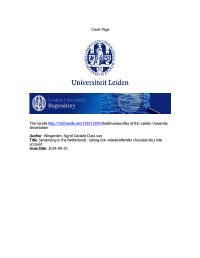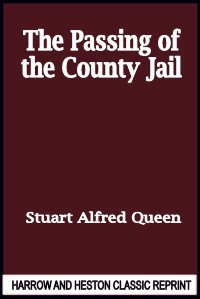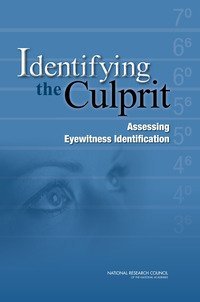By Sigrid Geralde Clara van Wingerden.
The sentencing decision of the judge might be the most important decision in the criminal proceedings, not only because of the impact the punishment has on the offender, but also because the sentencing decision is a cornerstone of the legitimacy of the entire criminal justice system. Nonetheless, there still are questions about the factors judges take into account when making their sentencing decision. This study aims to improve our understanding of the sentencing decisions judges make.The developments in criminal justice practices as regards the emergence of ‘actuarial justice' have directed the focus of this study to risk-based sentencing: are offenders with a high risk of reoffending more likely to be sentenced to imprisonment and to longer prison terms than low-risk offenders? To what extent do judges take information into account on the risk-related personal characteristics of the offender, such as unemployment, ties to family or friends, or drug usage, when making their sentencing decision?Using uniquely detailed data on risk-related social circumstances of the offender, and advanced quantitative and qualitative research methods, this study provides in-depth insight into sentencing.
Leiden: Leiden University, 2014. 215p.






